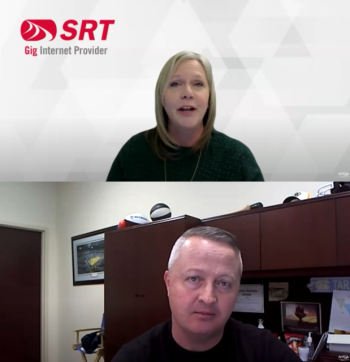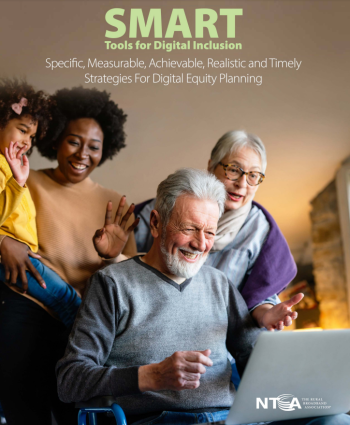Access to the internet, digital devices and digital literacy are key to bridging the digital divide and opening doors to economic, educational and health care opportunities. That is why NTCA members have always placed a major emphasis on digital inclusion, or the achievement of equivalent broadband adoption and usage across different demographic groups, and why they continue leading the charge to improve access and inclusivity in broadband in the rural areas they serve. Even before it was “trendy,” NTCA members were running classes and workshops on the weekend about how to get online and safely navigate the internet.
Their longstanding commitment to inclusivity is particularly notable now, as the Broadband Equity, Access, and Deployment (BEAD) program created through the Infrastructure Investment and Jobs Act of 2021 stipulates that states “cannot have a Five-Year Action Plan that does not address digital equity.” With states having just recently submitted their BEAD initial proposals, and knowing our community-based broadband providers have deployed digital inclusion strategies long before such efforts were anticipated, I thought it was a great time to pull together some leading voices in digital inclusion for a webinar discussion.
Representatives from two of our great Smart Rural Community providers, Jody Heustess from FOCUS Broadband (Shallotte, N.C.) and Teal Myre from SRT Communications (Minot, N.D.), joined Kathryn de Wit from the Pew Charitable Trusts and our own Josh Seidemann and I to discuss resources available to help communities develop digital equity plans and their own digital inclusion efforts to-date.
FOCUS has done extensive work with the counties in its area to develop digital equity plans, so having Jody talk about its efforts and how the company was able to partner with local governments nearby to help bring grant funding to the area was really inspiring. So too was Teal’s discussion of SRT’s work to put its digital inclusion efforts into practice. SRT has joined forces with some of its local schools to host STEAM events highlighting the importance of broadband and broadband work in the community. She also discussed the “Streaming Made Simple” educational tour that SRT did to demystify streaming and help customers get comfortable with the latest technology.
In addition to the digital literacy efforts underway, we know there is another critical piece of the digital inclusion story: affordability. Having Kathryn, who has done extensive research into the impact of customers being unable to afford broadband services and the Affordable Connectivity Program (ACP), share her insights was also really eye opening. This was particularly true with the current backdrop of what’s happening with the ACP, as providers are beginning to send out notices to their consumers sharing that the program is likely to end in April and the heartbreaking stories of what this program has meant to consumers are rolling in. The long-term future for ACP is indeed murky given the operational challenges Congress is having these days.
Lastly, it was Josh and my pleasure to share some of what NTCA has been doing to help with digital inclusion. Last year, NTCA created SMART Tools for Digital Inclusion to assist rural broadband providers and state broadband offices in the development of their digital equity plans. It includes examples of needs assessments, asset inventories, community action plans and even more successful initiatives NTCA members have undertaken to make broadband accessible to their communities. Be sure to download it to start or enhance your company’s work.
It was a short time for such an important topic, but I hope you’ll watch the webinar, look at some of the materials we’ve put together and reach out to us or these great panelists to learn more. It is obviously your top priority to build robust broadband networks for those you serve, but right behind that is giving your consumers the tools to fully utilize these networks.



